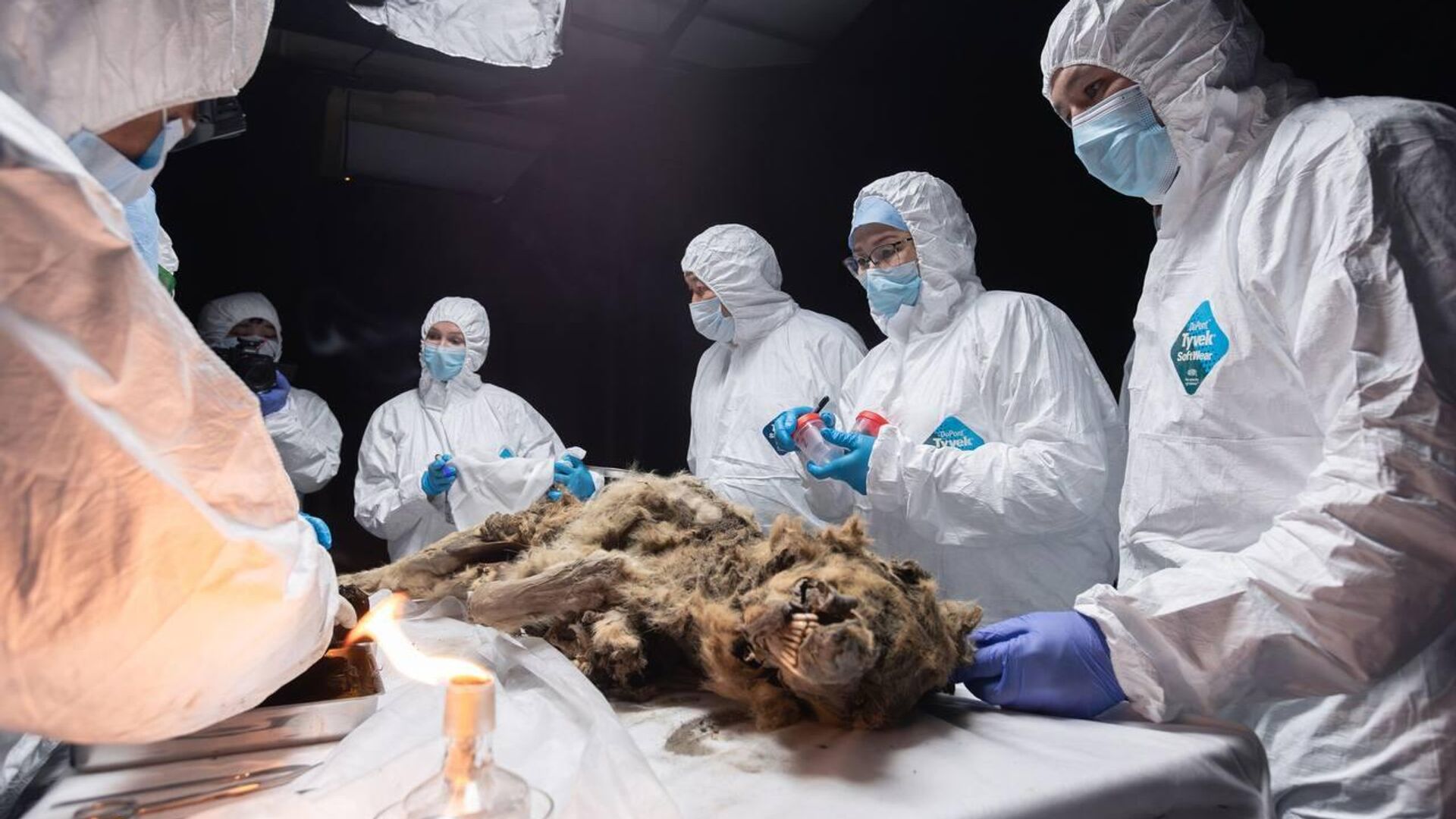
YAKUTSK, June 20 Scientists from Yakutia and St. Petersburg conducted an autopsy of an ancient wolf in the laboratory of the North-Eastern Federal University more than 44 thousand years old, the press service of the university reports.
«»At the laboratory of the Mammoth Museum of the North-Eastern Federal University, an autopsy of a fossil wolf was carried out, during which samples of internal organs and the contents of the gastrointestinal tract were taken to detect and study ancient viruses and microbiota, as well as the diet of the animal. In addition, samples of soft tissue were taken tissues of an ancient predator to study its genome and compare it with the genomes of modern relatives,” the press service said.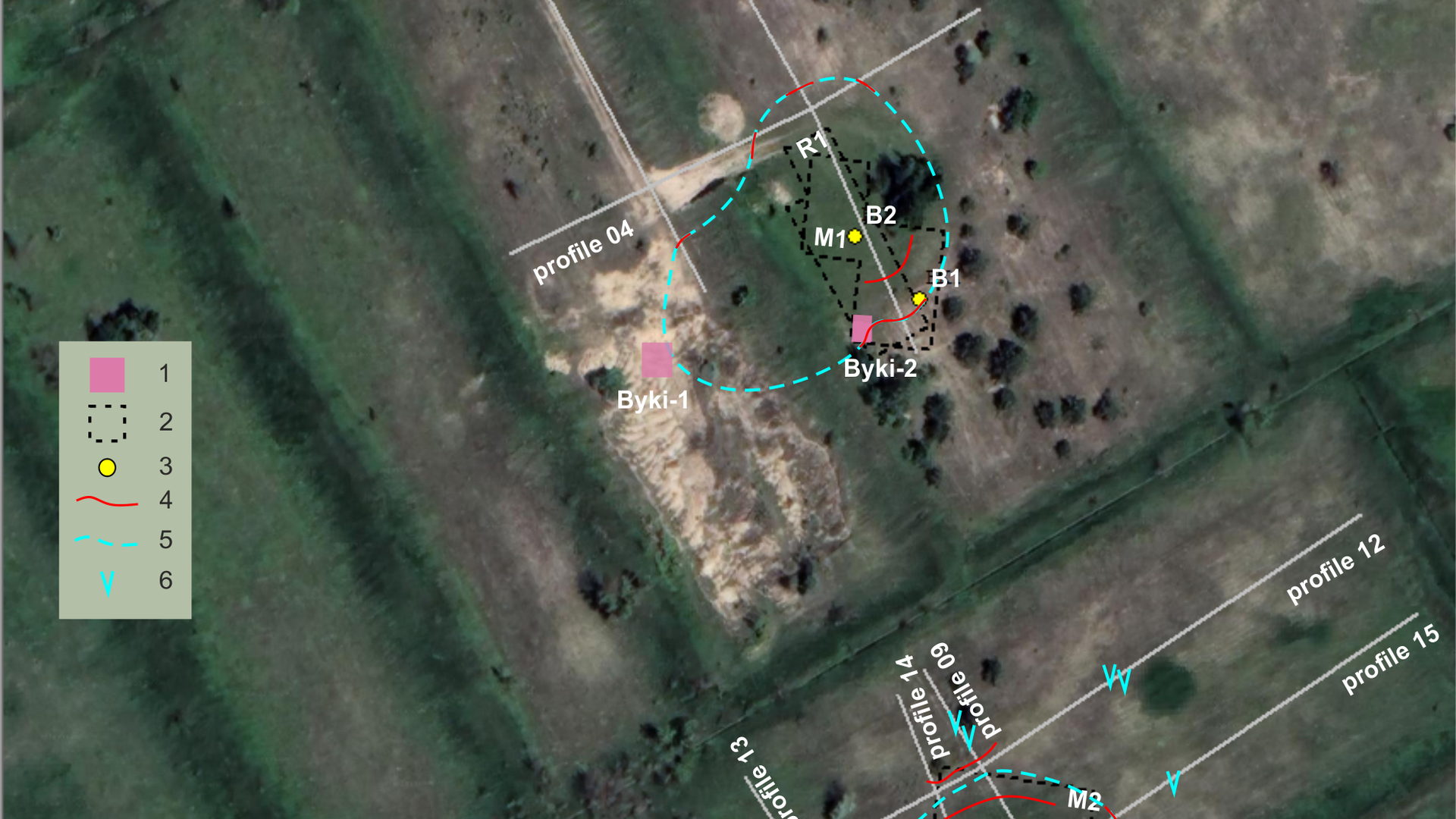
It is noted that the discovery of an adult predator of the late Pleistocene has no analogues in the world. A well-preserved mummy of a fossil wolf was discovered in 2021 in the thickness of permafrost at a depth of about 40 meters on the Tirekhtyakh River in the Abyi region by local residents.
According to the head of the department for studying mammoth fauna of the Academy of Sciences of Yakutia, Albert Protopopov, the wolf’s stomach was preserved in an isolated form. As a result of the preparation, scientists hope to find out what he ate and what his victims consumed. “In addition, we selected one premolar tooth in order to determine the biological age of the find. But based on the wear of the teeth and the development of the sagittal ridge, we can already say that this is an adult male,” noted Maxim Cheprasov, head of the laboratory of the NEFU Mammoth Museum. He added that after studying this find, NEFU scientists will begin studying another wolf discovered in the Nizhnekolymsk region of Yakutia in 2023.
Specialists from St. Petersburg took part in the autopsy. According to Artem Nedoluzhko, scientific director of the paleogenomics laboratory of the European University in St. Petersburg, their cooperation with NEFU began in 2014. As part of joint projects, the genome sequences of the Yakut and fossil Lena horses, fossil hares and the Holocene bear were determined. The autopsy of the wolf was a continuation of those works.
He stressed the importance of continuing cooperation with the university. According to him, it is interdisciplinary research using various methods that allows us to dive deeper into the history of the planet, understand what led to mass extinctions of various species of animals and plants, and generally predict the future.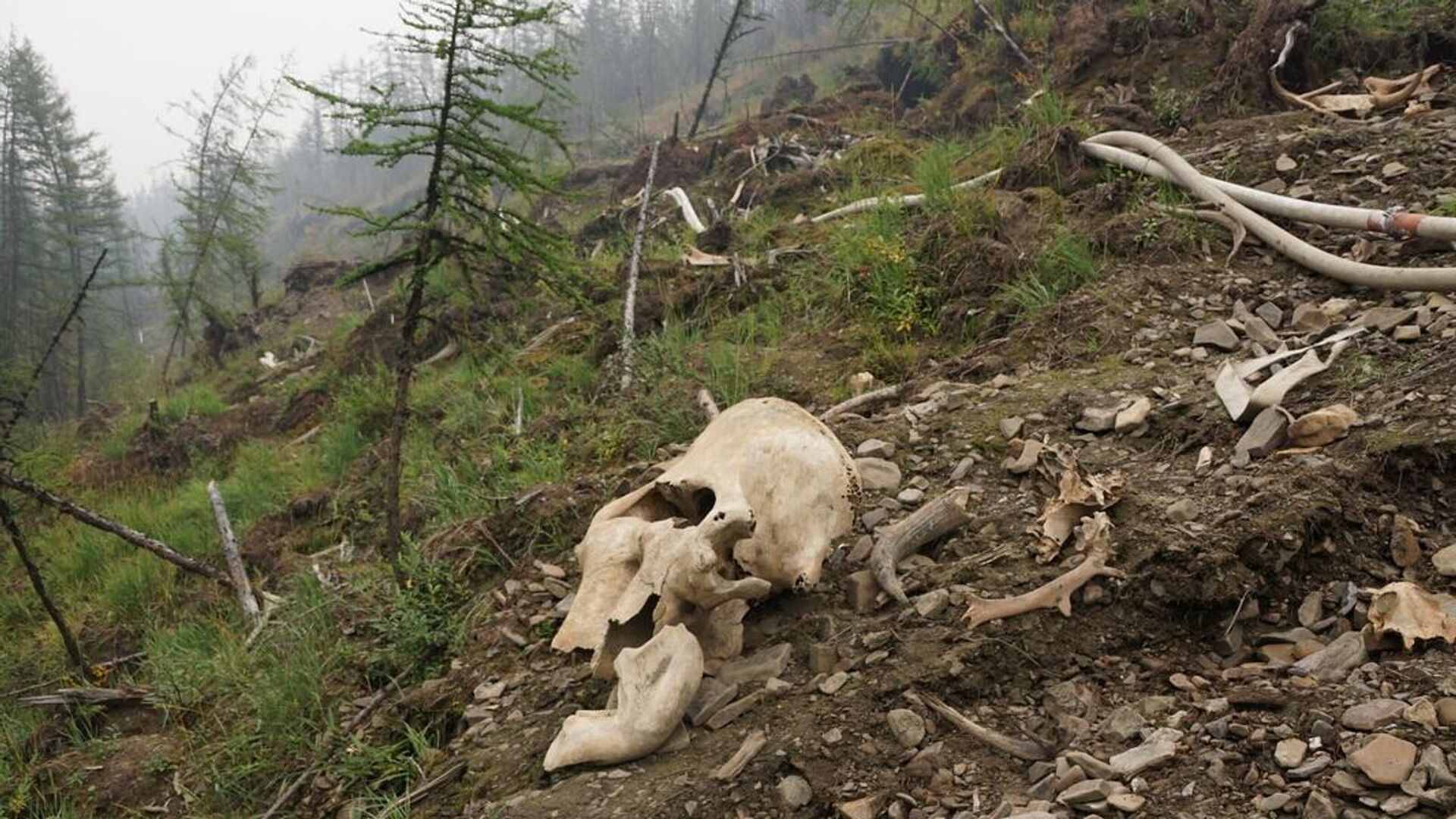









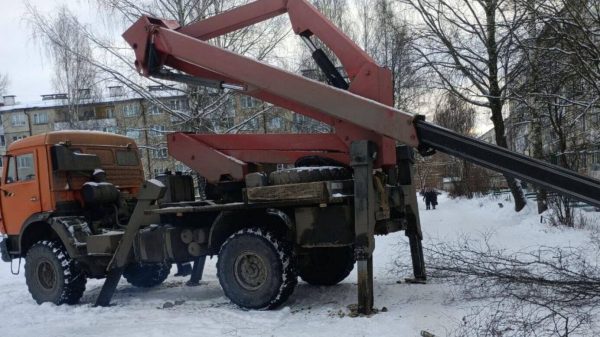







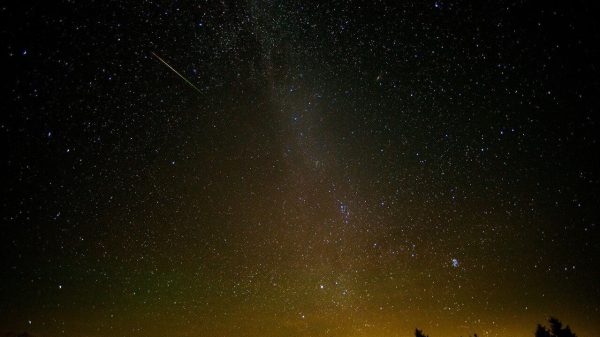



















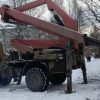
















Свежие комментарии